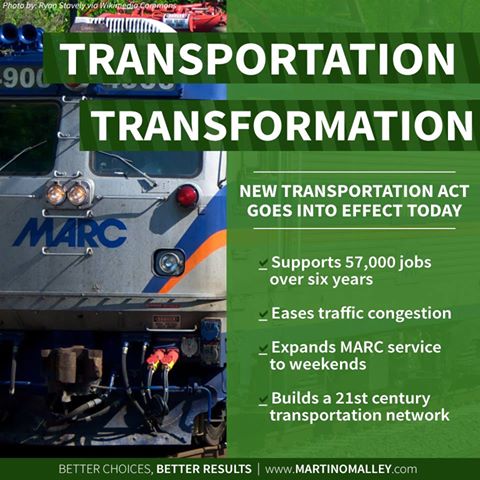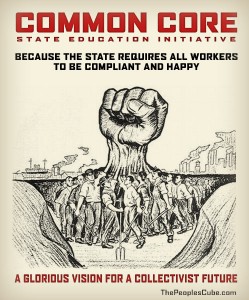Here’s the problem with running against a freshman legislator: he’s not always responsible for the messes put in place by members of his own party. Congressional candidate Dan Bongino can’t pin a vote for Obamacare on his Democratic opponent John Delaney because Delaney wasn’t there in 2010. Perhaps John was cheering them on, but there’s nothing there which says Delaney voted for it – although there is a vote he made this year against the measure’s repeal, which passed the House with a unanimous GOP and two Democrats supporting repeal. That’s actually true to Delaney’s campaign promise, although it’s unclear how he proposes to reconcile the second part:
I will fight attempts to repeal this landmark legislation, but I believe it is necessary to refine the ACA to create a framework that will lower long-term costs.
Um, Congressman, that would probably involve repeal. And by the way, health care is NOT a right.
On the other hand I’m not going to hold my breath waiting for this:
I'm calling on John Delaney 2 publicly renounce his support 4 #Obamacare before it causes any further damage.This is day 1 of the countdown.
— Dan Bongino (@dbongino) July 3, 2013
How many days will it be to the 2014 election? That will be Dan’s count.
To that end, Bongino stepped up the pressure in a release yesterday announcing Delaney’s “stunning act of political hypocrisy”:
In a stunning act of political hypocrisy, Rep. John Delaney now supports legislation that seeks to prevent political targeting from the IRS, but he remains unwilling to withdraw his support for Obamacare, which uses the IRS to target the American people through higher taxes, fines, and penalties.
Obamacare is failing because of one inescapable economic truth: cost and quality can only be effectively controlled when individuals in the marketplace control the system, not government bureaucrats.
I challenge John Delaney to immediately withdraw his support for Obamacare because it is hurting working families and small businesses in District 6. Delaney has voted with Nancy Pelosi and President Obama over 90 percent of the time. But it is time to put the people of District 6 ahead of party politics.
I will have to challenge one statistic Bongino uses, as practically any Congressman outside of a Ron Paul clone will vote with the opposition well over 50 percent of the time. A large percentage of the votes are unanimous or with token opposition, and that ratchets up the total for everyone.
On balance, though, Bongino makes a sound point. One thing he’ll have to use is whatever media he can get to counteract the full-court press by Barack Obama to get younger and healthier people to sign up for Obamacare as those kids are the largest factor in “bending the cost curve” so they’ll be enticed, whether through the schools, the libraries, or just the media cheerleaders in his corner, to sign up. (NFL cheerleaders are a different story, though, as the league rebuffed the advances of HHS head Kathleen Sebelius.) Regardless, he’s depending on the young to subsidize the old, just like many other entitlements we’re now saddled with.
Moreover, the trick for Dan will be to come up with something better that can’t be demagogued by Delaney and used to scare low-information voters into believing the end is nigh with a Bongino election. As an example, Democrats for decades used to scare seniors into thinking Republicans would take away their Social Security check, despite the lack of actual legislation to do so. While the idea of cancelling Obamacare may not be such a tough sell with voters, the system indeed needs some reforms aimed at curbing the spiraling costs. (In my view, getting the government out of health care entirely would work well to that effect. Just like anywhere else, those in the health care provider system can’t resist a huge pot of “free” government money.)
Yet I’m not sure this will be the hot topic come the fall of 2014. To draw a parallel, in the summer of 2008 we were screaming about high energy prices but an economic calamity has a way of making people sit up and take notice. No one cared about gas prices (which, by the way, had retreated far off their summertime highs) by the time the election was held – instead, we were on the verge of “abandon(ing) free-market principles to save the free-market system.” Obamacare could be an expensive sideshow by then, considering the President is now arbitrarily pushing back the deadline for business compliance to after those midterm elections.
Long story short – sixteen months is three eternities in politics. So while this is good publicity for Dan, I’m sure he’s also working on more specific ideas for the debates with both his GOP challengers and Delaney himself, assuming John doesn’t lose to a more liberal opponent in the Democratic primary.















